
In the Upper Elementary classroom, we are exploring the MindUP curriculum. Even though we benefit greatly from the Montessori materials and lessons, the intense stage of absorption and the desire to repeat work that we see in Preschool changes in older Montessori age groupings. The MindUP program is a way to bring back more of this practice of deep focus. It is an exploration in learning about our self-awareness, self-management, social awareness, relationship skills, and responsible decision making. In other words, mindfulness.
What is Mindfulness? The dictionary defines it as the psychological process of bringing one’s attention to experiences occurring in the present moment, which can be developed through the practice of meditation and other training.
The MindUp curriculum defines mindfulness as attention centered on conscious awareness of the present moment: by focusing our attention and controlling our breath, we can learn to reduce stress and optimize the learning capacity of our brains.(MindUP Curriculum pg.8)
In the Montessori Preschool environment mindfulness is a part of the teaching method, but not always called this or even recognized as such. The lessons given by the director/directress, in their slow and meticulous nature bring about an awareness of one’s body movements and bring attention to this for the child. The child copies this exaggerated slowness and emphasis of each movement. This brings the child’s attention to the movement and making them mindful of it and focusing them into the present moment.
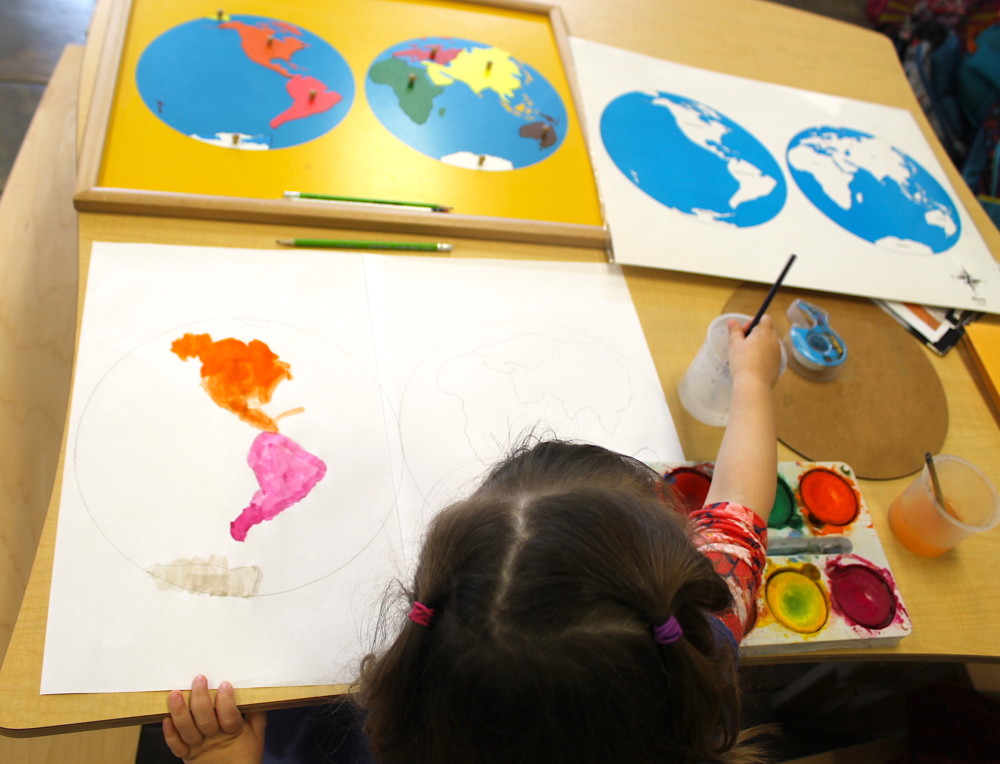
In the ideal environment, the student, as part of the calm and peacefulness, develops a focused attention. The calm and focused child is actively engaged in their work and is joyous, repeating an activity numerous times. The child is receiving joy from the learning, but is also developing a self-awareness in the actions of the work. Through these lessons and through repetition, s/he works in a state of mindfulness or is meditative in their actions.
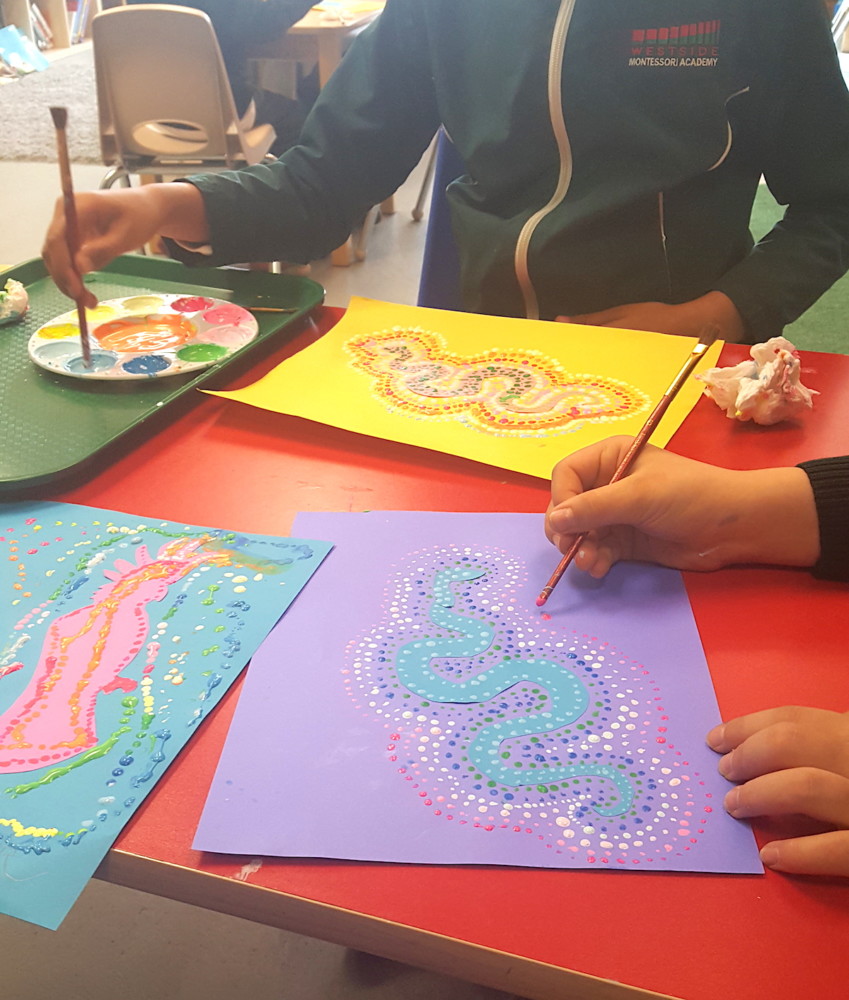
In MindUP students are first taught about how the human brain works at a very simple level and how we react to stress.
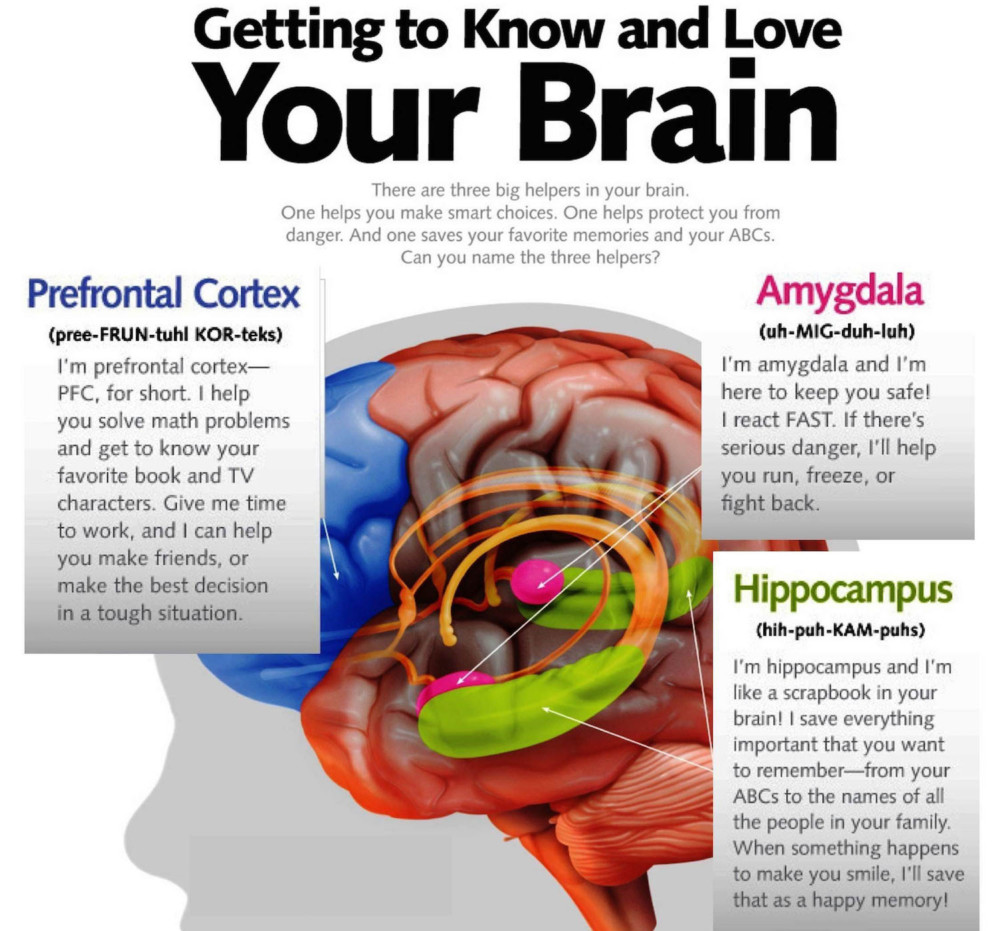
“The brain’s response to stress is linked to the function of the amygdala, a small, almond- shaped clump of neurons deep in the center of our brain. The amygdala serves as an information filter regulated by our emotional state. When we’re calm and peaceful, the filter is wide open and information flows to the prefrontal cortex, where the brains so called executive functions take place.” (MindUP pg.9 )

Through these lessons students become aware of how their brain processes stress and information around them More awareness is brought on by specific breathing exercises, journaling, and other short writing assignments to focus to the topic taught and talked about that day.
“The children through enjoyment of their work, are concentrating and the quiet just happens. The children are happy and will often express this verbally when they are done their work, or might joyfully skip when putting it away.”
Just after the initial introduction and discussion I find that I am already able to ask my students, “Are you being mindful of the choices you are making right now? or “What do you think is causing you to be unfocused right now?” These are common questions and they are used to talking about choices, but putting the word “mindful” in it and making it about their ability to focus or feel well in their work environment seems to have a different effect.
Children quickly try to find a workable solution to make the situation better for their learning. Also, connecting it to the brain and how the brain works and the realization that this is common for everyone changes the perspective of how these questions are being considered by the students.
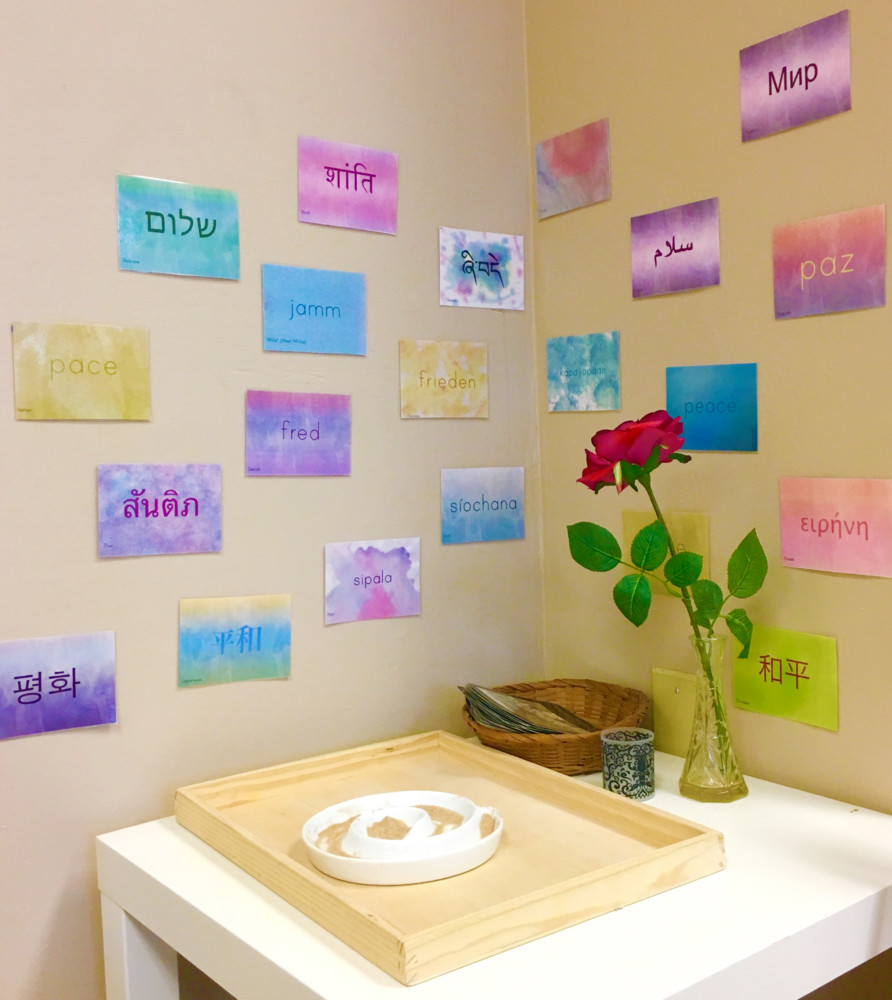
I have heard people express concern that children in a Montessori classroom are forced into unnatural quietness and that they look unhappy. In fact, the exact opposite is going on. Teachers are not telling children to be quiet. The children through enjoyment of their work, are concentrating and the quiet just happens. The children are happy and will often express this verbally when they are done their work, or might joyfully skip when putting it away.
“The MindUP curriculum is dedicated to helping students deepen their understanding of their own mental processes and begins with the physiology of the brain. The learners becoming more aware of the connection between their bodies and their brains. The outcome of this is a group of resilient students whose awareness of their impulses, thoughts, feelings and behaviors enhances their confidence, pleasure and their own learning process”. (Pg 11 MindUp)
Want to know more?
Check out the MindUP Library
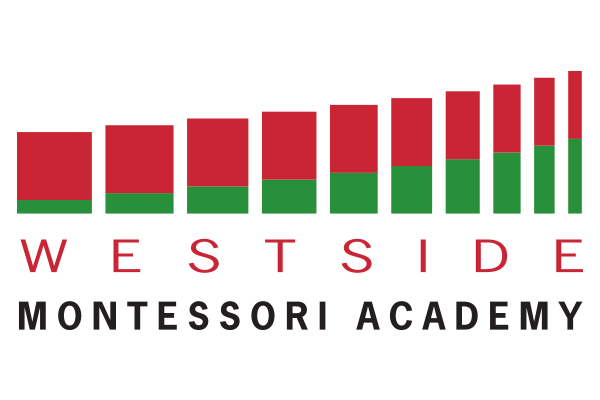
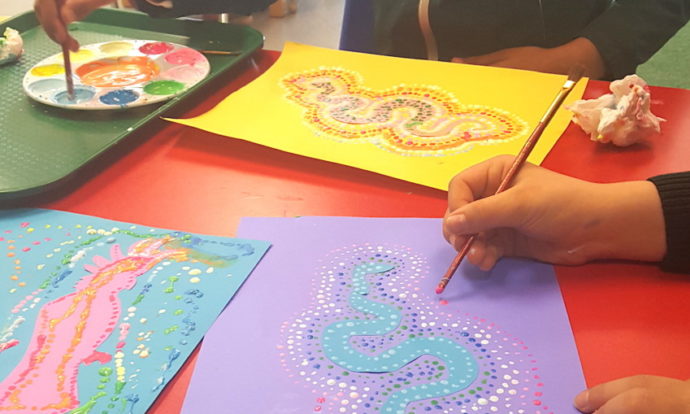





Leave Your Reply